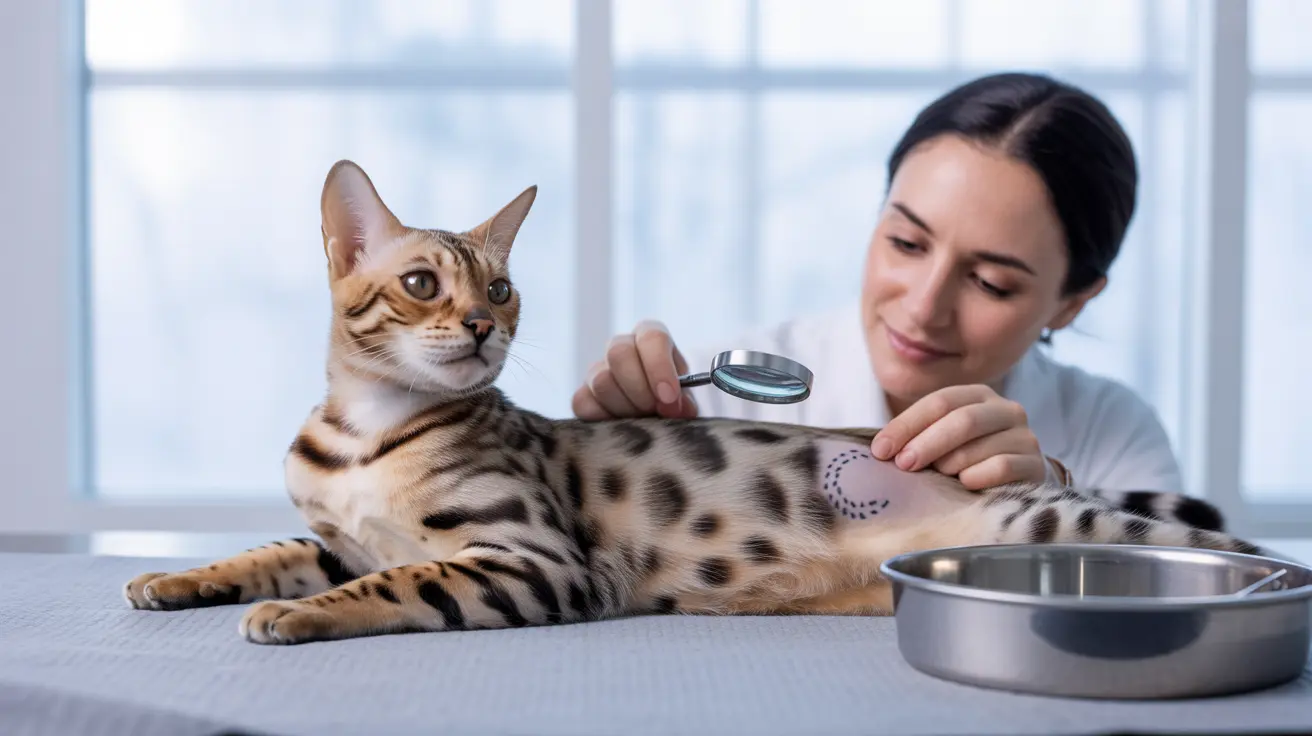Determining whether a male cat has been neutered is crucial for responsible pet ownership and animal welfare. Whether you're caring for a newly adopted cat or helping community cats, understanding the signs of neutering can help ensure proper care and prevent unwanted breeding. This comprehensive guide will walk you through the physical and behavioral indicators that show whether a male cat has been neutered.
Physical Signs of a Neutered Male Cat
The most obvious physical indication of neutering is the appearance of the cat's scrotal area. In neutered males, the scrotum will appear flat or significantly smaller compared to intact males. The absence of testicles is the clearest sign, though the detection might require careful observation or professional examination.
Look for these physical indicators:
- A flat or small scrotal sac
- Absence of visible testicles
- Possible surgical scar (though these typically heal well and become difficult to spot)
- In some cases, a small green or blue tattoo near the surgical site
Behavioral Indicators of Neutering
Neutered male cats typically display distinct behavioral patterns that differ significantly from their intact counterparts. These changes become apparent within weeks after the procedure and can be reliable indicators of neutering status.
Common Behavioral Changes
A neutered male cat will typically show:
- Reduced territorial marking and urine spraying
- Less aggressive behavior toward other cats
- Decreased roaming tendencies
- Quieter demeanor with less yowling
- More affectionate disposition toward humans
- Reduced interest in escaping outdoors
Professional Identification Methods
Veterinarians and animal welfare organizations often use specific marking systems to identify neutered cats:
- Ear tipping (especially in feral cat populations)
- Tattoos near the surgical site
- Microchip records that may contain sterilization information
- Medical records from previous veterinary visits
Health and Physical Changes Post-Neutering
After neutering, male cats often experience several physical changes:
- Potential weight gain due to decreased activity and metabolic changes
- Development of a calmer disposition
- Improved coat condition in many cases
- Reduced risk of certain health issues, including testicular cancer
Frequently Asked Questions
How can I physically tell if a male cat has been neutered?
Look for a flat or empty scrotal sac, absence of testicles, and possible surgical markings like tattoos or ear tipping. A veterinarian can confirm through physical examination if you're unsure.
What behavioral changes indicate that a male cat is neutered?
Neutered males typically show reduced spraying, less aggression, decreased roaming, and less frequent vocalization. They often become calmer and more affectionate.
Are there visible signs like ear tipping or tattoos that show a cat is neutered?
Yes, many veterinarians and shelters mark neutered cats with small tattoos near the surgical site. Feral cats often have their left ear tip removed to indicate sterilization.
At what age should male cats be neutered for best health outcomes?
The optimal age for neutering is typically between 4-6 months, though it can be safely performed as early as 8 weeks in healthy kittens.
Can a neutered male cat still display mating behaviors or spray urine?
While these behaviors typically decrease significantly after neutering, some cats may retain these habits, especially if they were neutered later in life or had established marking patterns.
If you're still uncertain about your cat's neutering status, consult with a veterinarian for professional confirmation. They can perform a physical examination and provide definitive answers about your pet's reproductive status.






